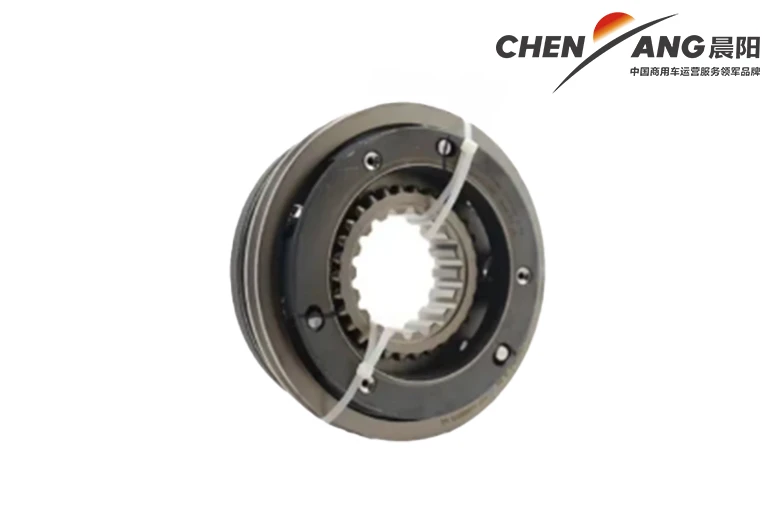Understanding the Operation of a Four Percent Stroke Engine for Enhanced Performance
The Working Principle of a 4-Stroke Engine
The 4-stroke engine is a type of internal combustion engine that is widely utilized in various applications, including automobiles, motorcycles, and some types of industrial machinery. Its design is characterized by a series of four distinct strokes (or movements) of the piston within the cylinder, which lead to the production of power. Understanding the operation of a 4-stroke engine requires familiarity with its key components—namely, the piston, cylinder, crankshaft, and valves—as well as the four main strokes it employs intake, compression, power, and exhaust.
1. Intake Stroke
The cycle begins with the intake stroke. During this phase, the piston moves downwards in the cylinder, creating a vacuum that opens the intake valve. As the piston descends, the engine draws in a mixture of air and fuel (in gasoline engines) or just air (in diesel engines) from the surrounding atmosphere. This process is crucial, as it prepares the engine for the upcoming compression phase. The intake valve closes at the end of this stroke, sealing the cylinder and trapping the air-fuel mixture inside.
2. Compression Stroke
Next, the cycle moves into the compression stroke. The piston begins to move upwards, compressing the air-fuel mixture within the cylinder. This compression increases the temperature and pressure of the mixture, making it more volatile and ready for combustion. The compression stroke is vital for enhancing engine efficiency and power output. At the end of this stroke, just before the piston reaches the top of the cylinder (known as Top Dead Center, or TDC), the spark plug emits a spark in gasoline engines, or the high pressure ignites the fuel in diesel engines.
4 stroke engine working

3. Power Stroke
Following the compression stroke is the power stroke, which is the phase where the actual power generation occurs. The ignition of the air-fuel mixture creates a high-pressure explosion inside the cylinder, forcing the piston downward with significant force. This movement of the piston turns the crankshaft, which ultimately powers the vehicle. The power stroke is the only stroke in the cycle that generates usable power; thus, efficiency in this phase is critical for overall engine performance.
4. Exhaust Stroke
Finally, the cycle completes with the exhaust stroke. After the power stroke has concluded, the piston moves back up in the cylinder again, moving to push out the spent exhaust gases created from the combustion process. As the piston ascends, the exhaust valve opens, allowing the used gases to exit the cylinder and enter the exhaust system. This stroke is essential for maintaining a continuous flow of air-fuel mixture in the engine, ensuring that fresh air can be drawn in for the next cycle.
Conclusion
In summary, the 4-stroke engine operates through a well-defined cycle consisting of the intake, compression, power, and exhaust strokes. Each phase plays a vital role in converting fuel into mechanical energy while expelling waste gases from the combustion process. The harmony of these four strokes not only defines the efficiency of the engine but also its longevity and environmental impact. As technology advances, modern 4-stroke engines are continually being optimized, leading to improved performance and reduced emissions, thereby playing a crucial role in sustainable transportation and industrial applications. Understanding how these engines work provides insight into the fundamental principles of mechanical engineering and the vital role they play in our everyday lives.
-
SINOTRUK HOWO 84 Electric Dump Truck for Eco-Friendly Heavy HaulingNewsJul.26,2025
-
The Fast 16-Gear Manual Transmission Assembly for Heavy TrucksNewsJul.25,2025
-
Mercedes Benz Actros 1848 42 Tractor Truck for Sale - Reliable PerformanceNewsJul.24,2025
-
High-Quality Water Pump Assembly for Sinotruk Trucks – Durable & ReliableNewsJul.23,2025
-
Premium Truck Engine Antifreeze Coolant Fluid for Heavy Duty VehiclesNewsJul.22,2025
-
FOTON View G7 Mini Bus: Affordable & Spacious TransportNewsJul.22,2025
Popular products

























